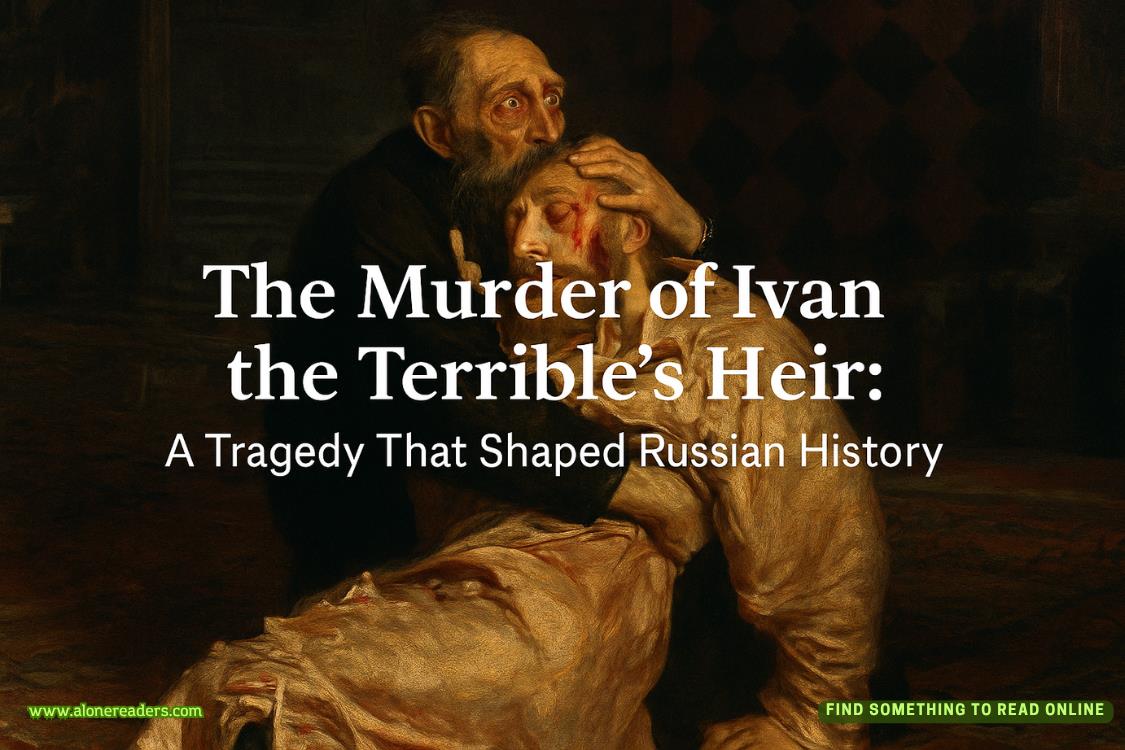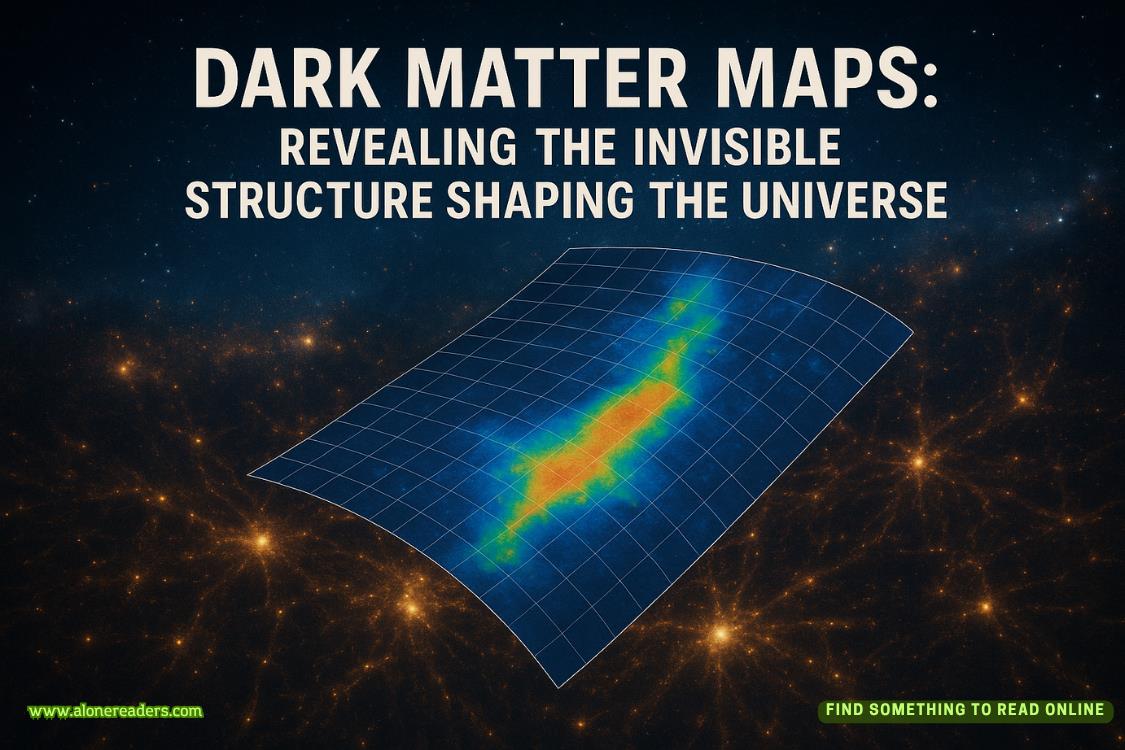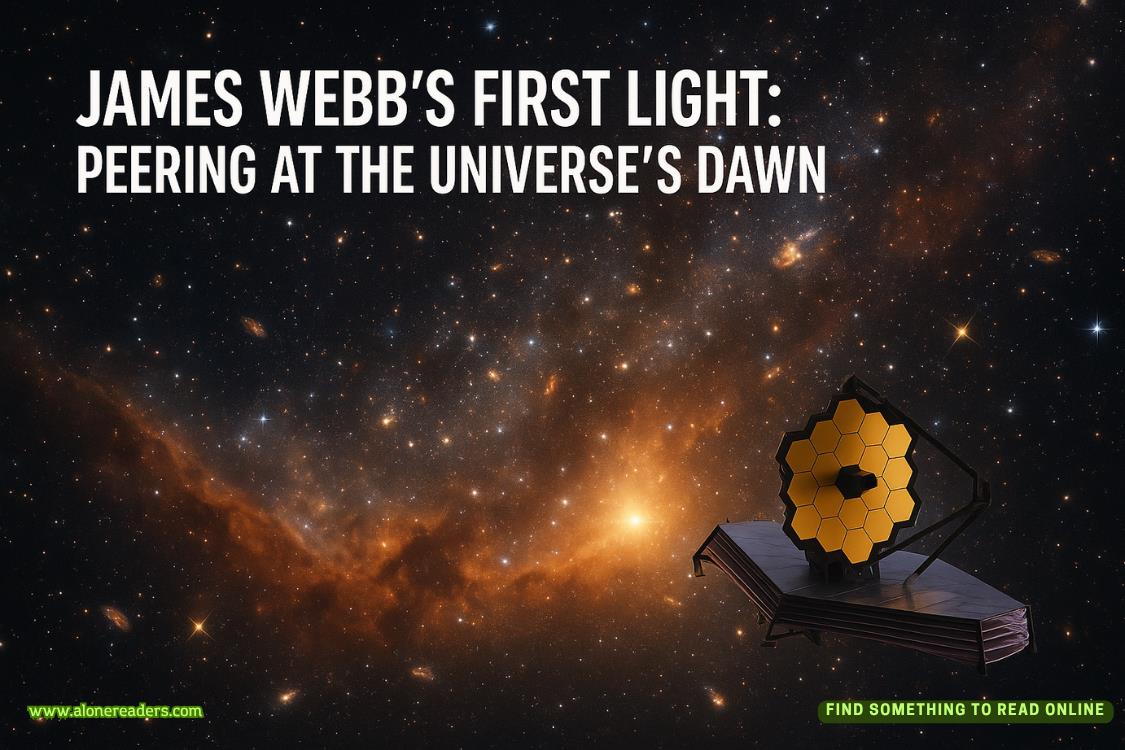Page 44 of Pepper, the Biker & the Vanishing Body
Josh leaned between me and Amy and whispered. “He’s talking to you, Pepper.”
I wouldn’t let his teasing ruin the lecture for me, so I ignored him and settled in to enjoy.
“A smile is often the opening line in the story of a person. It’s one of the first things we notice, and like the first chapter of a good book, it sets the tone for everything that follows. But not all smiles are the same. Some are warm and welcoming, like a cozy fireside scene. Others are forced, like a plot twist you didn’t see coming.
“At its core, a smile is a signal—a universal sign of friendliness, safety, and connection. It’s nature’s way of saying, ‘I’m not a threat. You’re safe here.’ Babies recognize it before they understand words, and it has the power to disarm conflict faster than any argument. But if you read a smile a little more closely, you’ll notice it’s far more complex than simple happiness.”
I listened intently and my hand was the first to shoot up when he opened the floor to questions. “Can a person intentionally train themselves to produce a genuine-looking smile, and if so, how would that impact their relationships and interactions with others?”
“Good question and the answer is yes, people can train themselves to produce a convincing genuine-looking smile. True Duchenne smiles engage the muscles around the eyes, not just the mouth, which is harder to fake. Actors and public figures often master this by recalling positive memories or practicing in mirrors to activate these muscles.
“While a well-executed smile can boost likability and trust, if it’s detected as fake—even subconsciously—it can breed suspicion or discomfort. Humans are skilled at spotting micro-expressions that betray true feelings. Ultimately, while agenuine-lookingsmile can be learned, true emotional authenticity is much harder to fake.
“Let’s do a demonstration. Would you and the gentleman beside you mind participating?”
I looked at Ian.
“As long as you don’t mind, Pep,” Ian said.
We both stood and consented.
“Wonderful,” Professor Swatcher said gleefully. “Your names, please.”
“Pepper,” I said, and Ian followed with his name.
“Ian.”
“Pepper and Ian, thank you for agreeing to do this. Now, Ian, would you please cast a smile around the room.”
Ian produced the most radiant smile as he looked around the room with ease. I expected to see a few women looking as if they were ready to devour him but there were a lot more, a whole lot more than I expected, and it annoyed me more than I expected.
“Excellent, Ian, now please look at Pepper and smile,” Professor Swatcher said.
As soon as Ian’s eyes met mine, I saw the difference. It was a tender, loving smile, and it wrapped around me like a gentle hug. Others must have spotted it as well since several ahhhs could be heard.
Professor Swatcher smiled. “I can tell by the numerous ahhs that most of you could see the difference in Ian’s smile. Ian turned a genuine, relaxed smile on the audience but when it came to Pepper,” —his smile widened— “well, Ian is obviously in love with Pepper.”
“I cannae deny it. I am in love with Pep,” Ian said without hesitation.
A round of applause filled the room, and I did something that was completely out of my comfort zone, I shouted, “I love Ian as well.”
My mom bolted out of her seat, clapping like a mad woman and I have to admit it did feel good saying it aloud, but it felt even better seeing the ecstatic look on Ian’s face. He was so happy that I announced it to everyone, he grabbed me around the waist, pulled me against him, and kissed me.
Once the applause quieted and things returned to normal, and Ian and I were once again seated, the lecture continued, along with my questions. I was fascinated by everything the professor had to say and planned to put much of it to good use. Before I knew it the professor was wrapping up the session.
“Every person you meet is a story in progress—a tale of hope, fear, ambition, and everything in between. And like any good book, the more closely you read, the more you understand.”
“This evening, we’ve explored how people reveal themselves in subtle, often unspoken ways—through their body language, tone, and, yes, even their smiles. These cues aren’t random, they are the punctuation marks of human behavior, giving emphasis to the unsaid.
“But here’s the final twist—just as you can read others, others are reading you. Every glance, every shift in posture, every smile you offer tells your story too. The question is, what story do you want to tell?
“So, as you walk away today, I encourage you to slow down, observe more, and listen to the unspoken dialogue happening all around you. Every person you meet is a novel with no back cover summary. But if you pay attention, you’ll find the clues are already there—waiting for a sharp reader like you. Thank you for being part of this journey. Now, go read some people—and maybe, let them read you, too.”
A round of applause sounded, and people started rushing to talk with Professor Swatcher.
“I enjoyed that more than I thought I would,” my dad admitted, and my mom smiled.
“I thought it was fascinating,” Kate said, smiling. “And I think it will be very helpful when dealing with customers.”















